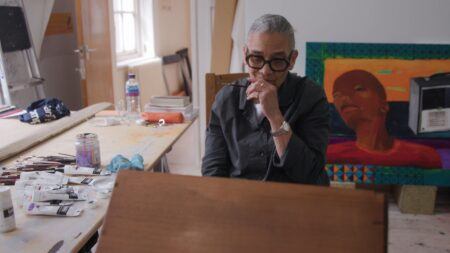Deep Focus
Ways of Being: Spaces of Learning
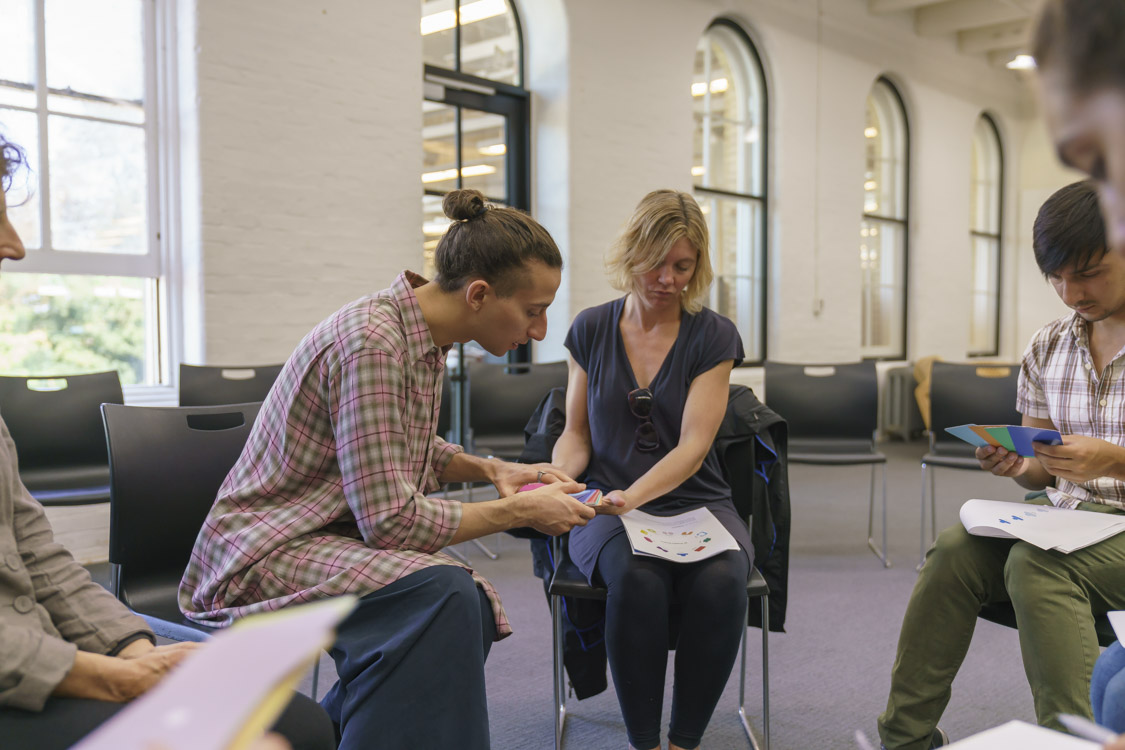
Caroline Woolard, Susan Jahoda, and Emilio Martinez Poppe. Support Workshop. Facilitated workshop about the care and maintenance that makes projects possible. Made as a contribution to the collective BFAMFAPhD.
For us, learning is fundamental to a meaningful life. We work as a collective because we want to learn, labor, and take action in continuous dialogue with one another. A collective is an example of what the social-learning theorist Etienne Wenger calls a learning community, defined as a group “of people who share a concern or a passion for something they do and learn how to do it better as they interact regularly.”1 We recognize one another as learners and as teachers. The scholar, literary theorist, and feminist critic Gayatri Spivak says, “The task of a teacher is to provide a non-coercive rearrangement of desire.”2 We yield to one another as our individual and collective aspirations shape us daily.
What motivates a person to learn in a community, a classroom, a reading group, a collective, or a working group? One might enter spaces of learning when one wants feedback on ideas and when one wishes to go beyond the limits of one’s own knowledge. These are the spaces where one can gather repeatedly to encounter differences of opinion, perspective, and background and attempt to make sense of oneself in relationship to the world. This is where one can ask questions that matter and speak honestly about issues that are of concern.
We want to be in dialogue with familiar faces and with new ones. We are renewed each day in our collective, and each semester as teachers, when we discover who we are in relationship to one another and to our studies. Together we can be surprised, try new approaches, fall on our faces, laugh, change our minds, exist between not knowing and knowing, and grasp new concepts. When we sense new possibilities for ourselves and others, we recognize that we are all in a continuous state of becoming. We cherish spaces of individual and collective transformation, where people gather to grow and listen deeply enough to change their minds.
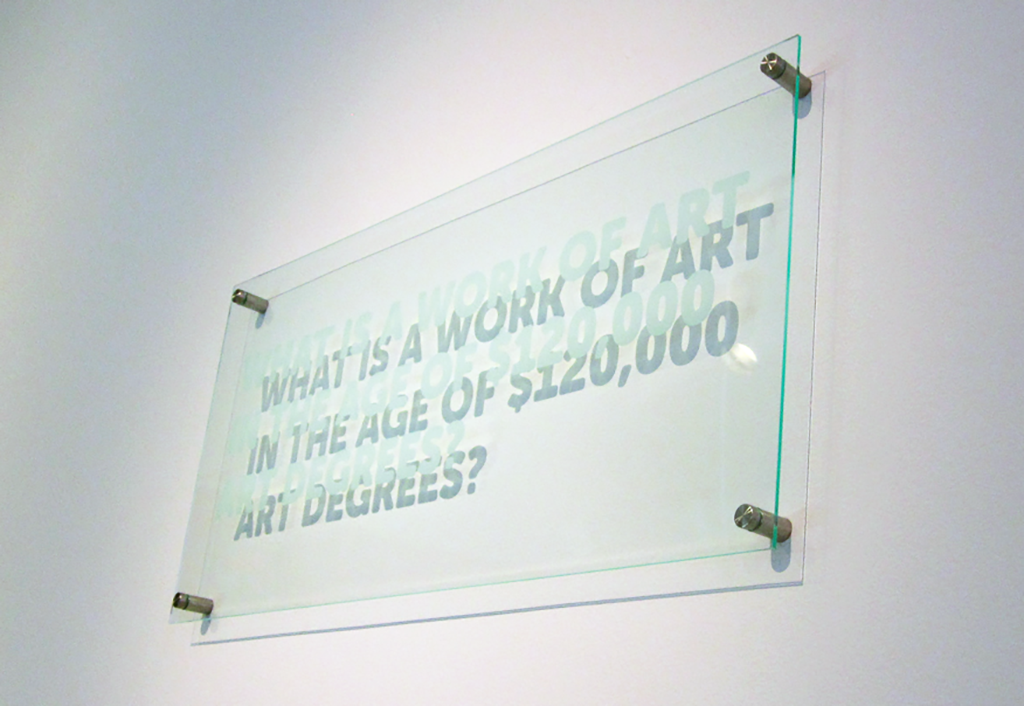
BFAMFAPhD / Caroline Woolard. Statements, 2013-14. Plexiglass, plaque hardware; 11” × 23” × 1”.
How do we facilitate spaces of learning and transformation?
Learning occurs in context; it cannot be isolated from the conditions that affect one’s life. In our classrooms, we take time to get to know one another. We suggest that each group discover how the lines of inquiry they will undertake are meaningful to each student and to the whole class. The classroom is not a journey to somewhere else. We hope that classrooms are not only places to acquire the skills of research and production but are also places where one learns how to co-create knowledge, in a community. We ask students to imagine that they are not in the classroom in order to outperform their peers but rather to discover and share the pleasures of both rigor and generosity. Students are in the classroom to be in proximity to the energy, gifts, and challenges of one another. We are committed to pedagogies (the theories and practices of teaching) that are: action-oriented, contemplative, democratic, community- and place-based, critical, socially just, somatic, and student-centered.
Action-oriented: We ask that students connect their learning to their lived experience, creating a cycle of inquiry and action. Beginning with the urgent concerns in their lives, action-oriented pedagogy enables students to bring these concerns into relationship with their daily experiences. Reflecting on the impact of their actions will facilitate refined inquiry and further action.3
Contemplative: We believe that the ability to pay attention is essential to the work of any artist. The strength of each student’s imagination, curiosity, and capacity for prolonged thought can be cultivated with rigor if students learn how to focus their attention. We will teach students ways to become aware of what arises with straying thoughts and how to bring themselves back to the present moment.4
Democratic: We acknowledge that we are all teachers and learners. We aim to balance our authority as teachers (who have knowledge and many years of experience) with our desire to create a cooperative space where all students actively shape the learning environment.5
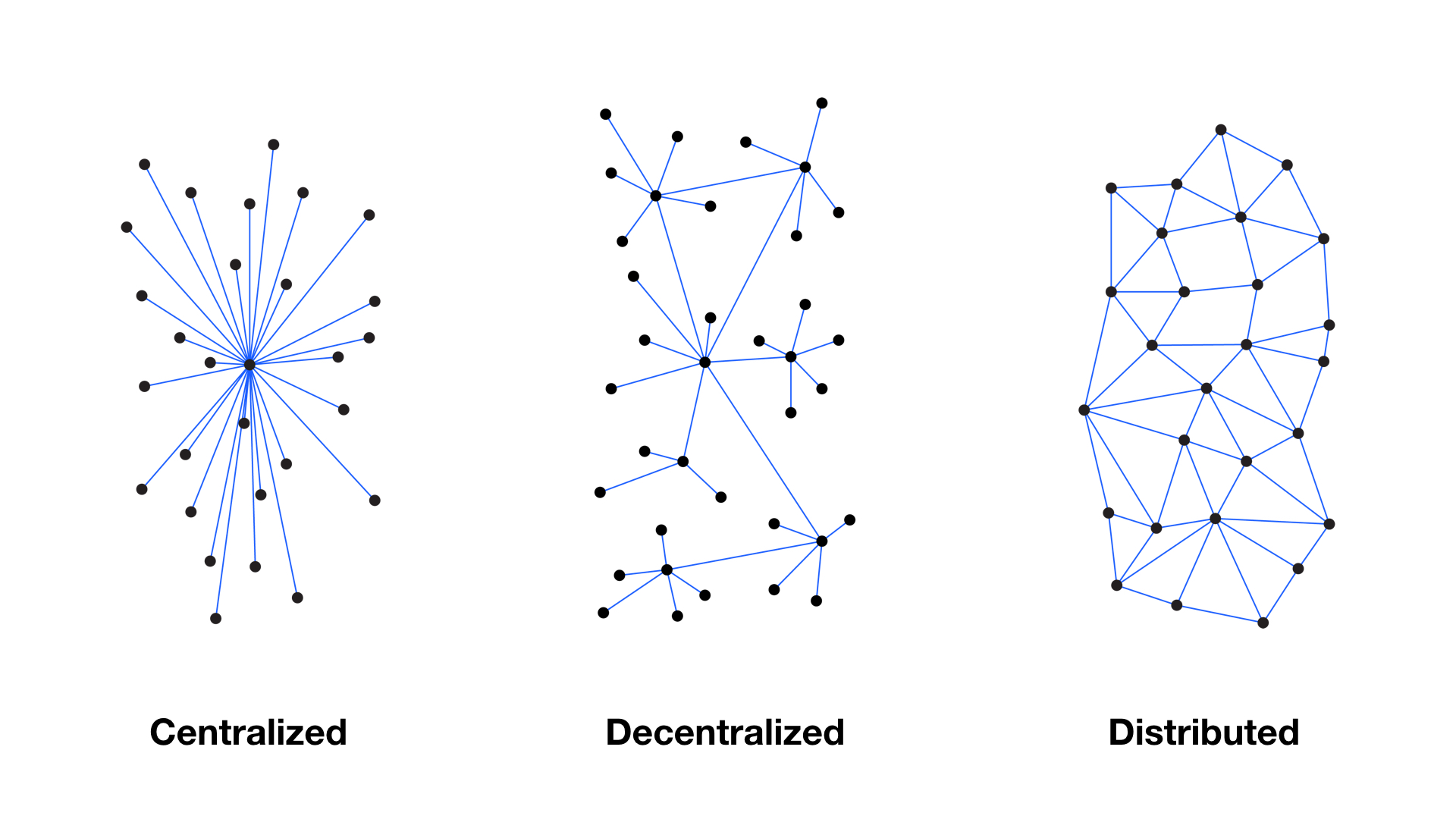
Caroline Woolard, Susan Jahoda, and Emilio Martinez Poppe. Illustration from Ways of Being. Made as a contribution to the collective BFAMFAPhD.
Community- and Place-based: We believe that learning cannot be separated from places and people, that each of us learns in relationship to our friends and family, the classroom, our communities and groups, the school system, and the institutions that surround us.6
Critical: We aim to understand the historical forces, causes, and conditions that make possible our present moment, personal experiences, and worldview. We investigate our blind spots as we question dominant narratives, ways of seeing, and ways of being.
Socially just: We aim to create a space that affirms the dignity of all people. We ask that students commit to educating themselves and their peers about the privileges and oppressions that people are subjected to, based on their age, class, cognitive and physical abilities, gender expression, nationality, race, religion, and sexuality. If sexism, in the words of Audre Lorde, is “a belief in the inherent superiority of one [gender expression] over all others and thereby its right to dominance,” then feminism is a belief in the equality of all gender expressions; if racism “is a belief in the inherent superiority of one race [or ethnicity] over all others and thereby its right to dominance,” then anti-racism is a belief in the equality of all races and ethnicities.7
Somatic: We are committed to teaching and learning methods that respect the whole body. We challenge the classroom norm of sitting all day by incorporating embodied practices that connect all aspects of our sensing, thinking, feeling, and moving bodies.8
Student-centered: We see ourselves as facilitators supporting collective- and self-discovery through developmentally appropriate prompts. In art education, this is called a student-centered approach. As Philip Yenawine writes, “Learning only occurs when learners are ready; people internalize, remember and use only what makes sense to them.”9
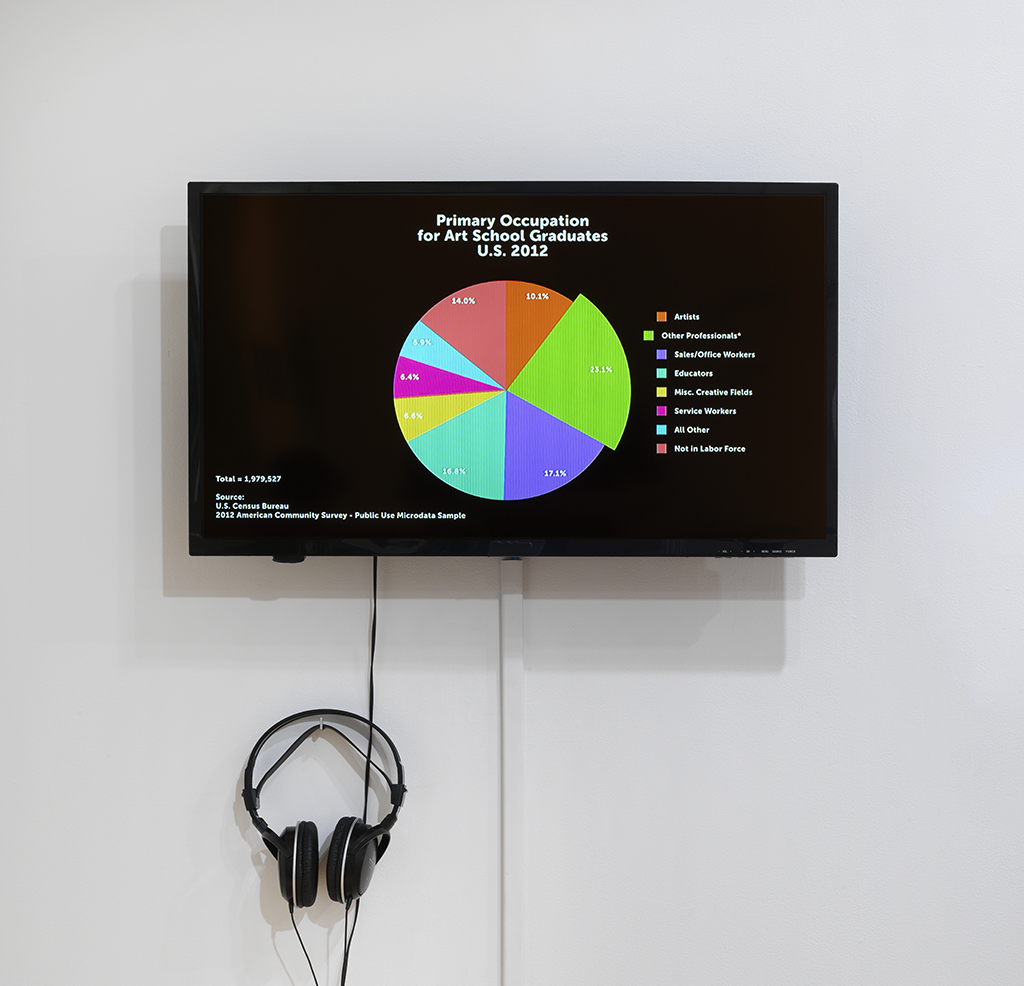
BFAMFAPhD / Susan Jahoda, Blair Murphy, Vicky Virgin, Caroline Woolard, Zipeng Zhu. Artists Report Back, Animated, 2014. Single Channel Video; 6:40.
Ways of Being is a book, a deck of cards, and an open-access website that aims to provide a guide for artists and arts educators to: (1) understand the social lives of artworks, using systems thinking and life-cycle analysis; (2) assess the social conditions in which artworks and artists live, using social-ecological models; and (3) integrate collaborative practices that emphasize social-emotional intelligence into visual-arts pedagogy.
More information is available at: https://bfamfaphd.com/#topic-teaching
1. Eitenne and Beverly Wenger-Trayner, “Introduction to Communities of Practice.”
2. Sarah Eleazar, “Teachers Must Get to Know Students and Then Learn How to Teach Them: Spivak,” Express Tribune, October 26, 2014.
3. See: Paulo Freire, Pedagogy of the Oppressed (New York: Continuum, 1993).
4. See: “The Association for Contemplative Mind in Higher Education,” The Center for Contemplative Mind in Society.
5. We acknowledge that there is an inherent contradiction in learning spaces that are not self-organized, as the teacher is paid and the students are paying; the teacher grades and the students are graded. See Paulo Freire’s work for more on this topic.
6. Wenger-Trayner.
7. Audre Lorde, “There is no hierarchy of oppressions,” Bulletin: Homophobia and Education 14, nos. 3/4 (1983): 9. Also available online: LGBT Resource Center, UC San Diego.
8. See: “Theory/Practice,” Generative Somatics.
9. Philip Yenawine, “Theory into Practice: The Visual Thinking Strategies.”
